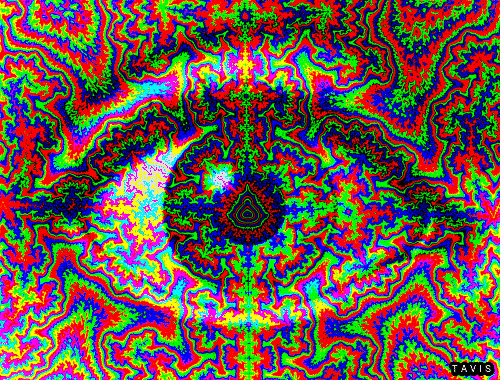
deleted by creator
I thought so too until I read this https://www.boristhebrave.com/2021/05/23/triangle-grids/ which touched on my biggest gripe with hexagons:
When working with hexes, you quickly realize their edges are a huge pain. They don’t line in a straight line! That makes it impossible to subdivide the grid with a line. You cannot build a big hex out of lots of little ones.
Triangles solve that. Squares also do not have that problem. Triangles work better on the surface of a globe than squares though.
As a finite element method enjoyer, I always regarded triangles as superior because many shapes can be built from them. Triangles are the bestagles?
cgp grey is overrated and so are hexagons.
Hexagons are the tesselation of the densest circle packing, but other than that, they aren’t really exceptional in any way.
There’s a reason we use triangles for structural trusses, and rectangles for everything else. In fact, hexagons mostly just show up as a byproduct of how things are made, which is true for chicken wire as well as honeycomb.
Regularly tesselated planes and platonic solids are mid. Absolutely oougah boogah brain tier topologies which is why engineers love them. Hexagons are just the least mid. Everyone including nature knows fractal geometry is where its at. When we master bioengineering to build our structures you better believe the precious 60/90/120 degree angles for ‘structural stability’ are going in the fucking
trashannals of history in favor of fractal nanostructures forming organic seashell type buildingsHexagons are really not better than triangles.
I kinda do agree with out on fractal geometry though, (although you’re gonna see a lot of tiny triangle shapes). And also for certain applications, things like catenary curves are ideal.
I don’t think 90 degree surfaces are going anywhere though. Having angled walls would be less space efficient, and angled floors would be a safety hazard. And cubes/rectangles are by far the easiest, most compatible shapes to efficiently design with. Although in your hypothetical future I guess we can just use the biocomputer superintelligence to design everything.


